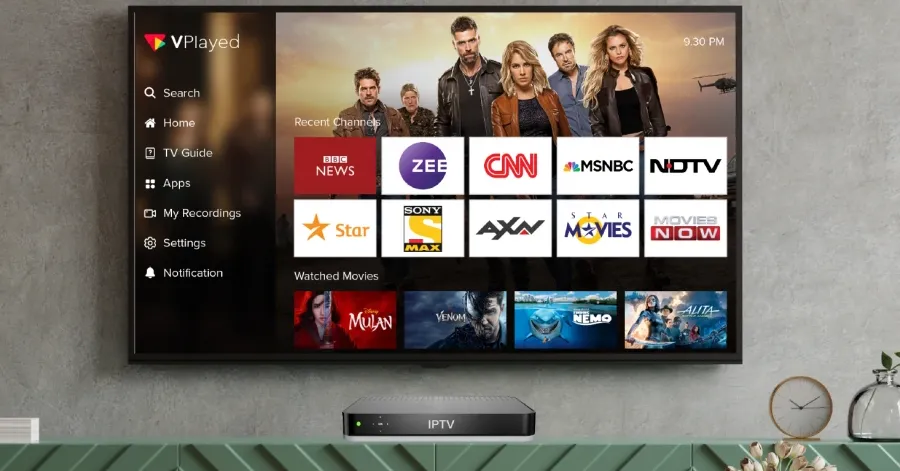Television has come a long way from its humble beginnings as a black-and-white broadcast medium to becoming an essential part of modern life. Over the decades, technological advancements have revolutionized how people consume content, transitioning from traditional cable and satellite services to more dynamic and interactive platforms. One of the most significant developments in this space is the advent of Internet Protocol Television IPTV, a technology that delivers television content over the internet rather than through conventional broadcast or cable formats. IPTV is rapidly changing the way audiences engage with media, offering more flexibility, customization, and a rich variety of content that caters to individual preferences. Unlike traditional television that relies on scheduled programming and limited channel options, IPTV provides users with on-demand access to a vast library of movies, shows, and even live TV broadcasts. Viewers are no longer confined to a rigid schedule and can watch their favorite content whenever they choose. This shift toward on-demand viewing aligns perfectly with the modern consumer’s desire for convenience and control over their entertainment choices.

Additionally, IPTV offers multi-device compatibility, allowing users to stream content on smart TVs, smartphones, tablets, and computers, providing seamless viewing experiences across platforms. Another major advantage of IPTV services is the personalization it offers. Through advanced algorithms and data analytics, IPTV platforms can recommend content based on a user’s viewing history and preferences. This personalized approach enhances user satisfaction by suggesting content that aligns with their tastes, ensuring a more engaging and tailored viewing experience. Moreover, IPTV allows for interactive features such as pause, rewind, and fast-forward options, which empower viewers to have greater control over their viewing experience, something that traditional television never fully offered. In addition to convenience and personalization, IPTV services are significantly expanding content diversity. While cable and satellite services often come with geographic limitations and channel bundles that may not suit all viewers, IPTV platforms provide access to a global range of content, including international channels, niche genres, and exclusive original programming.
This global reach makes it easier for viewers to explore content from different cultures and regions, contributing to a more inclusive and diverse media landscape. IPTV is also driving innovation in advertising models and browse this site. Traditional TV advertising relies on broad demographic targeting and scheduled commercial breaks, which can be less effective in today’s digital age. IPTV, however, uses targeted advertising based on user data, delivering more relevant ads to specific audiences. This approach not only enhances the effectiveness of advertising campaigns but also improves the overall viewer experience by reducing irrelevant or repetitive ads. As technology continues to advance, the future of IPTV looks promising. The integration of artificial intelligence, augmented reality, and virtual reality with IPTV services is likely to create even more immersive and interactive viewing experiences. Additionally, as internet speeds and bandwidth improve, the quality and reliability of IPTV services will continue to enhance, paving the way for ultra-high-definition content and seamless streaming. IPTV is transforming the television landscape by offering greater convenience, personalization, and diversity in content.